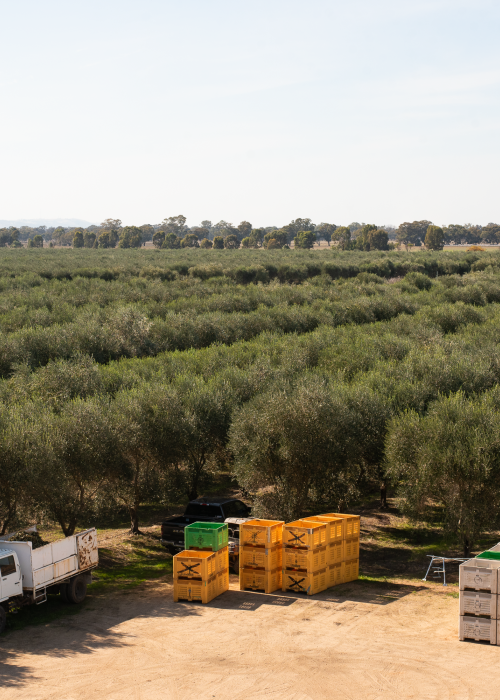Given that over 3.37 million metric tons are consumed each year, it’s not surprising that olive oil is a globally traded commodity. Prices have skyrocketed throughout Europe in the last couple of years, prompting a reverberation of anxiety throughout the global olive oil market, which begs the question: how will Europe’s olive oil crisis affect prices in Australia?
Why are Europe’s olive oil prices increasing?
To understand what’s happening in the European olive oil market, we first need to look at Europe’s olive-producing nations.
Spain is by far the largest producer of olive oil in the world, accounting for more than half of global production. Demand for olive oil has been steadily increasing in recent years due to the growing popularity of the Mediterranean diet, of which olive oil is the main cooking oil. Spanish olive oil is exported all over Europe (as well as all over the world) to meet this demand, so just as we’re told not to ‘put all our eggs in one basket’, Europe has put all their olive oil in one bottle. You can probably see where this is going.

As reported by the New York Times, two consecutive years of climate change-related drought have decimated Spain’s olive harvests, leading to a huge reduction in yield available for global supply. Italy and Greece, the second and third largest olive oil-producing nations, have also faced similarly difficult weather conditions, which has in turn created a perfect storm for a dramatic increase in the cost of olive oil production.
How are olive oil prices determined?
As is the case with all agricultural produce, the price of olive oil is dependent on a couple of key factors.
The most obvious of these factors is the cost of production, which takes into account various things like labour, machinery, packaging and transportation. Inflation and other economic factors can all influence how expensive it is to produce olive oil, and whilst producers often absorb these costs, there reaches a point where it becomes necessary to pass these costs onto the consumer to stay in business.

Another key factor is the success of a harvest. A whole range of environmental factors, such as droughts, floods, agricultural pests and extreme weather events can all negatively affect the yield and quality of olives during harvest periods. Just as we’re taught in school, when supply is reduced, demand increases, and when demand increases, unfortunately so too does the price.
Unfortunately, Europe is finding themselves sandwiched between a string of poor harvests coupled with rising economic pressures, leading to a record increase in olive oil prices. Olive producers throughout Europe are faced with the challenge of keeping their businesses afloat, resulting in as much as a 115% increase in Spanish olive oil as they attempt to make ends meet.
Will Europe’s olive oil shortages affect Australia?
It makes sense too, considering the bulk of imported olive oil coming to Australia is far from the cream of the crop. Typically, the imported olive oil found in supermarkets is a blend of multiple harvests, some of which can be several years old. When given the choice between an imported product and a locally produced, fresher product, consumers are happily choosing the latter.
In a global market faced with such unpredictability, it’s never made more sense to buy local. Not only is it a great way to reduce your carbon footprint, but it’s also a fantastic way to support Australian farmers, which helps to keep our incredible industry alive and thriving!


